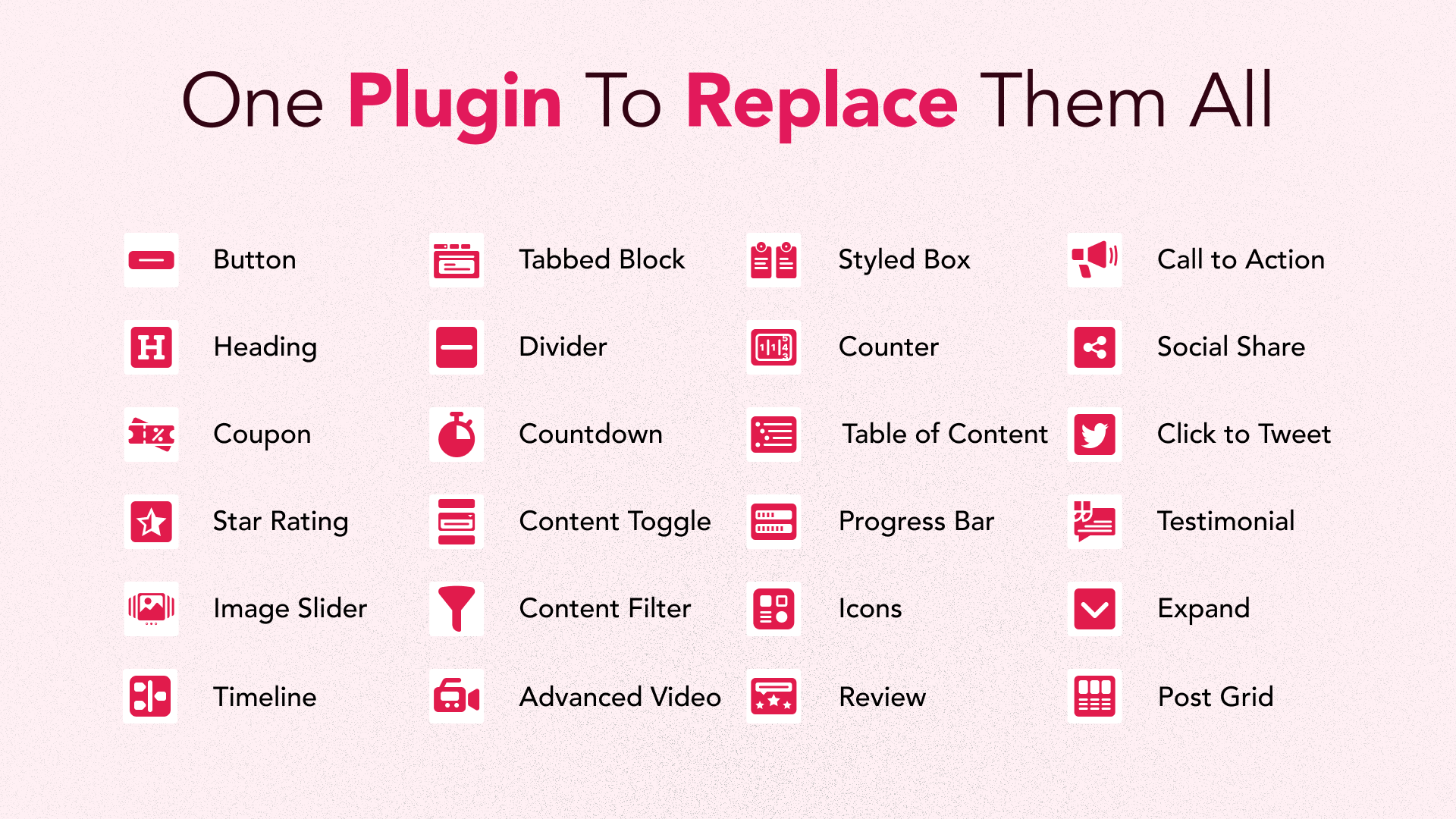
Tired of your website visitors needing a click to experience the magic of YouTube videos? Let’s face it, sometimes, a little autoplay magic is just what the engagement doctor ordered!
This post unlocks the secrets of making your WordPress videos self-start, transforming your website from static to captivating, and your visitors from “meh” to “wow!”
But remember, with great power comes great responsibility (and user experience considerations). Dive in to learn how to autoplay the right way!
Autoplay YouTube Videos
You cannot autoplay YouTube videos with the default ‘YouTube’ block of Gutenberg. Therefore, you need to install a Plugin called Ultimate Blocks. Besides, there are 20+ more blocks for you to make your WordPress journey smooth.
To Autoplay YouTube videos, follow these steps.
Step 1: Install Ultimate Blocks Plugin
From your dashboard, navigate to Plugins -> Add New and search for ‘Ultimate Blocks’.

Install the plugin, and don’t forget to activate it.
Step 2: Copy the Video URL
Visit YouTube and open your desired video.

Now, right-click on the link and copy it.
Step 3: Add Advanced Video Block
Click on the ‘Add Block’ button and search for ‘Advanced Video’ block.

Insert the block by clicking on it.
Step 4: Autoplay YouTube Video
Click on ‘Insert from URL’.

Paste the video link that you copied earlier in the box and hit ‘Enter’.

Now, hit Settings and turn on ‘Autoplay’ option.

If you like, you can customize other advanced options for your YouTube video and then hit the Save/Update button.
Now, your YouTube video will be autoplayed.
Last Words
With this method at your disposal, you can transform your WordPress videos into captivating self-playing experiences. So go forth, unleash the power of autoplay (responsibly!), and watch your website engagement soar!
If you liked the post, then share it with your friends, and don’t forget to leave your thoughts in the comment box below.

Leave a Reply